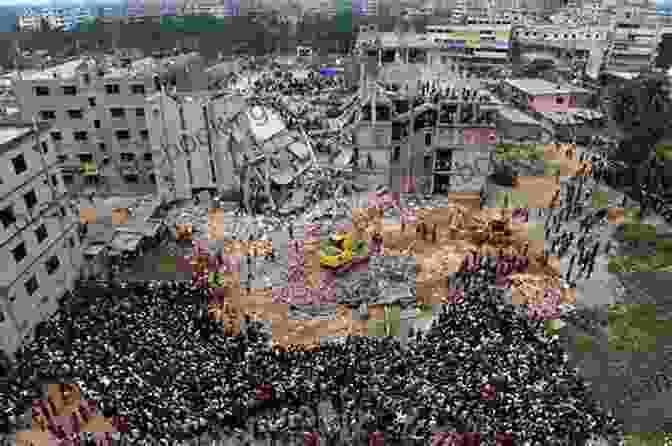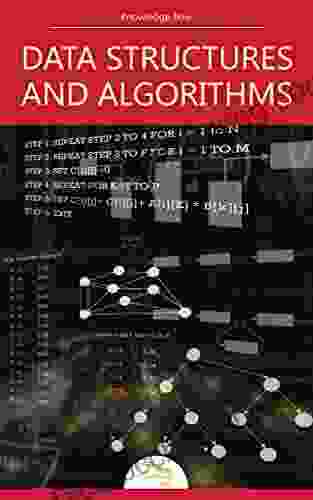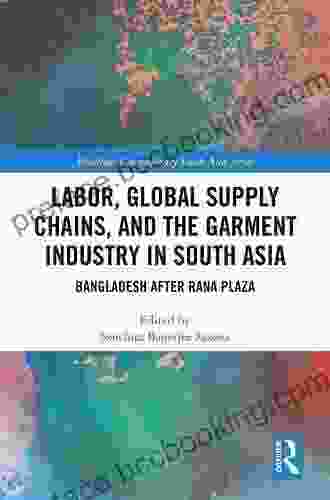Bangladesh After Rana Plaza: A Call for Ethical Fashion

4.5 out of 5
| Language | : | English |
| File size | : | 8335 KB |
| Text-to-Speech | : | Enabled |
| Screen Reader | : | Supported |
| Enhanced typesetting | : | Enabled |
| Word Wise | : | Enabled |
| Print length | : | 277 pages |
On April 24, 2013, the Rana Plaza garment factory in Bangladesh collapsed, killing over 1,100 workers and injuring thousands more. The disaster was a wake-up call for the world, exposing the dangerous working conditions in the global garment industry.
In Bangladesh After Rana Plaza, researcher and activist Kalpona Akter explores the aftermath of the disaster and its impact on the victims and their families. She also examines the international response to the tragedy and calls for ethical fashion.
The Rana Plaza Collapse
The Rana Plaza garment factory was located in Savar, a suburb of Dhaka, Bangladesh. The factory was owned by the Tazreen Fashions Ltd. and employed over 3,000 workers, mostly women.
On April 24, 2013, the Rana Plaza building collapsed, trapping thousands of workers inside. The collapse was caused by a combination of factors, including structural flaws in the building and the weight of the heavy machinery used in the garment production process.
The Rana Plaza collapse was one of the deadliest industrial disasters in history. Over 1,100 workers were killed and thousands more were injured. The disaster shocked the world and raised awareness of the dangerous working conditions in the global garment industry.
The Aftermath of the Rana Plaza Collapse
The Rana Plaza collapse had a devastating impact on the victims and their families. Many of the victims were the sole breadwinners for their families, and their deaths left their families in financial ruin.
In addition to the physical injuries, many of the victims also suffered psychological trauma. They witnessed the deaths of their colleagues and friends, and they feared for their own lives.
The Rana Plaza collapse also had a significant impact on the Bangladeshi economy. The garment industry is one of the country's largest industries, and the disaster caused a loss of millions of dollars in revenue.
The International Response to the Rana Plaza Collapse
The Rana Plaza collapse sparked international outrage. Governments and organizations around the world condemned the disaster and called for action to improve working conditions in the global garment industry.
In the aftermath of the disaster, the Bangladeshi government implemented a number of reforms to improve working conditions in the garment industry. These reforms included increasing the minimum wage, improving safety standards, and allowing workers to form unions.
International organizations also played a role in the aftermath of the Rana Plaza collapse. The International Labour Organization (ILO) established a global partnership to improve safety in the garment industry, and the United Nations Human Rights Council adopted a resolution on the rights of garment workers.
A Call for Ethical Fashion
The Rana Plaza collapse was a tragedy that should never have happened. The disaster exposed the dangerous working conditions in the global garment industry and the need for ethical fashion.
Ethical fashion is fashion that is produced in a way that respects the environment and the people who make it. Ethical fashion brands use sustainable materials, pay their workers a fair wage, and ensure that their workers are working in safe conditions.
By choosing to buy ethical fashion, consumers can help to create a more sustainable and just fashion industry.
Bangladesh After Rana Plaza is a powerful and moving account of the Rana Plaza collapse and its aftermath. The book sheds light on the dangerous working conditions in the global garment industry and calls for ethical fashion.
By choosing to buy ethical fashion, consumers can help to create a more sustainable and just world.
Free Download your copy of Bangladesh After Rana Plaza today!

4.5 out of 5
| Language | : | English |
| File size | : | 8335 KB |
| Text-to-Speech | : | Enabled |
| Screen Reader | : | Supported |
| Enhanced typesetting | : | Enabled |
| Word Wise | : | Enabled |
| Print length | : | 277 pages |
Do you want to contribute by writing guest posts on this blog?
Please contact us and send us a resume of previous articles that you have written.
 Book
Book Novel
Novel Page
Page Chapter
Chapter Text
Text Story
Story Genre
Genre Reader
Reader Library
Library Paperback
Paperback E-book
E-book Magazine
Magazine Newspaper
Newspaper Paragraph
Paragraph Sentence
Sentence Bookmark
Bookmark Shelf
Shelf Glossary
Glossary Bibliography
Bibliography Foreword
Foreword Preface
Preface Synopsis
Synopsis Annotation
Annotation Footnote
Footnote Manuscript
Manuscript Scroll
Scroll Codex
Codex Tome
Tome Bestseller
Bestseller Classics
Classics Library card
Library card Narrative
Narrative Biography
Biography Autobiography
Autobiography Memoir
Memoir Reference
Reference Encyclopedia
Encyclopedia Glenn Trust
Glenn Trust Shawn Mcguire
Shawn Mcguire Gyalo Thondup
Gyalo Thondup Leslie Langtry
Leslie Langtry Harald Wiese
Harald Wiese Kathryn Aalto
Kathryn Aalto Hadley Mannings
Hadley Mannings Guisela Latorre
Guisela Latorre Gladys Malvern
Gladys Malvern Sato Watanabe
Sato Watanabe Gregg Braden
Gregg Braden Michael Burawoy
Michael Burawoy Grace Hamilton
Grace Hamilton Michael Witt
Michael Witt Ginger Freedom
Ginger Freedom Shonna Slayton
Shonna Slayton Soong Chan Rah
Soong Chan Rah Gary Dean Quesenberry
Gary Dean Quesenberry Giulia Melucci
Giulia Melucci Shelley Pearsall
Shelley Pearsall
Light bulbAdvertise smarter! Our strategic ad space ensures maximum exposure. Reserve your spot today!

 Chandler WardUnlock the Secrets of "Plymouth Plantation 1620-1647" with Our Comprehensive...
Chandler WardUnlock the Secrets of "Plymouth Plantation 1620-1647" with Our Comprehensive...
 Kazuo IshiguroEscape into the Enigmatic World of 'Loner Life in Another World' Vol. 1: A...
Kazuo IshiguroEscape into the Enigmatic World of 'Loner Life in Another World' Vol. 1: A... Arthur Conan DoyleFollow ·2.6k
Arthur Conan DoyleFollow ·2.6k Duane KellyFollow ·14.7k
Duane KellyFollow ·14.7k Xavier BellFollow ·14.3k
Xavier BellFollow ·14.3k Patrick RothfussFollow ·4.5k
Patrick RothfussFollow ·4.5k Richard AdamsFollow ·9.8k
Richard AdamsFollow ·9.8k Mike HayesFollow ·18k
Mike HayesFollow ·18k Devin RossFollow ·8.2k
Devin RossFollow ·8.2k Henry David ThoreauFollow ·7.1k
Henry David ThoreauFollow ·7.1k

 Brady Mitchell
Brady MitchellMaster IELTS Speaking: The Ultimate Guide to Success
Kickstart Your IELTS...

 Branden Simmons
Branden SimmonsBack Spin: A Thrilling Myron Bolitar Novel
Get ready to embark on a...

 Marc Foster
Marc FosterData Structures and Algorithms: A Comprehensive Guide to...
In the ever-evolving...

 Jeff Foster
Jeff FosterUnveiling the Basics of Microbiology: A Comprehensive...
The world of...

 J.D. Salinger
J.D. SalingerHold Tight Suspense Thriller: A Gripping Page-Turner That...
Are you ready for a suspense thriller that...
4.5 out of 5
| Language | : | English |
| File size | : | 8335 KB |
| Text-to-Speech | : | Enabled |
| Screen Reader | : | Supported |
| Enhanced typesetting | : | Enabled |
| Word Wise | : | Enabled |
| Print length | : | 277 pages |










